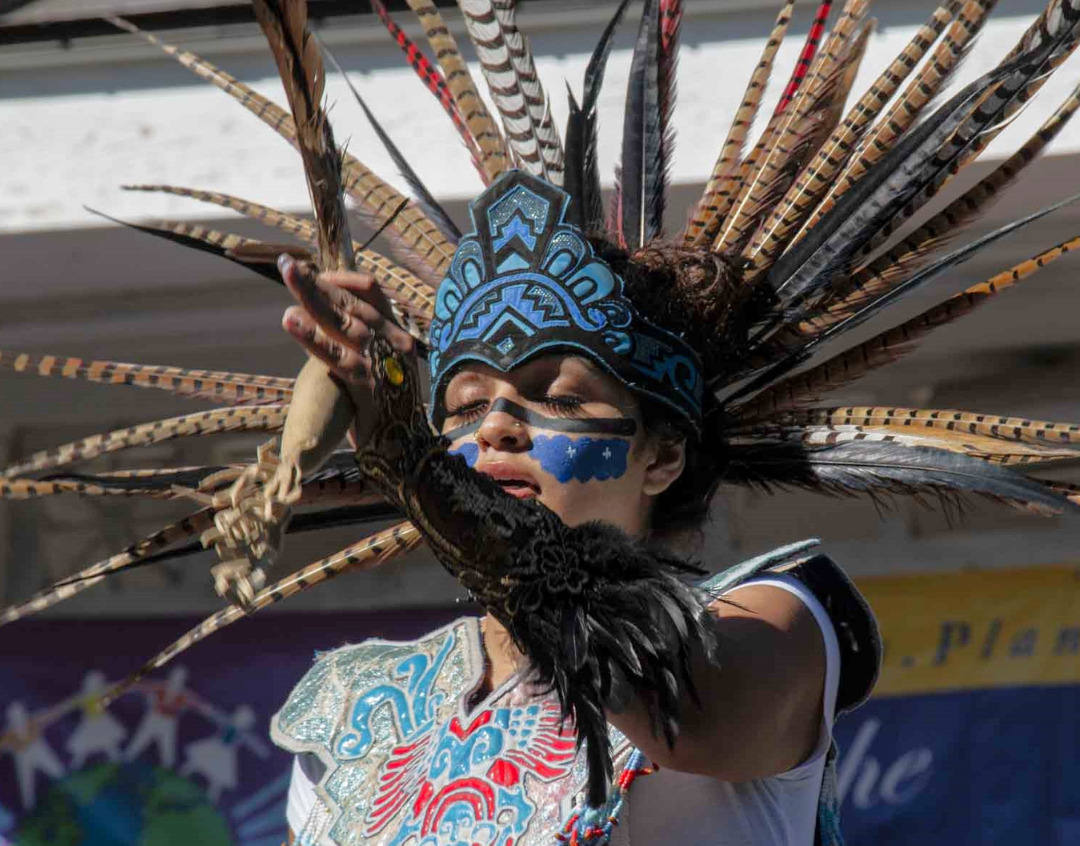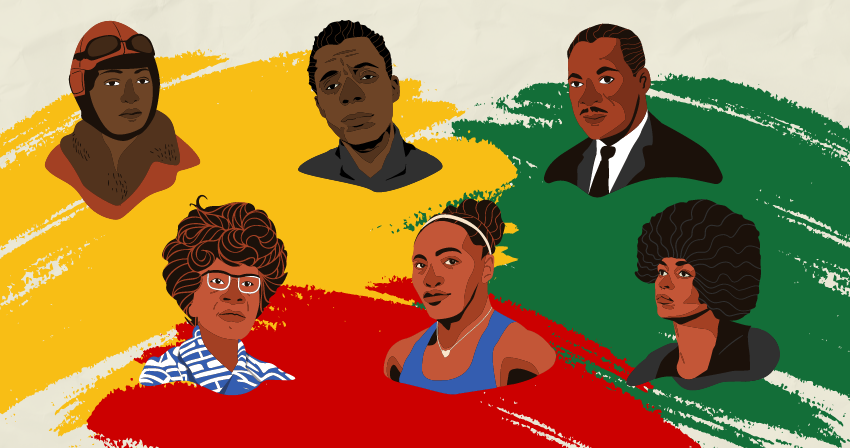The month of November is established as Native American Heritage Month, a month of celebrating resilience, identity and the significant impact Native Americans still have on society today. Learning about Native American cultures offers insight into a shared past and celebrates the achievements of the Indigenous spirits who helped build the root of America.
Native American Heritage Month provides an opportunity for everyone to acknowledge and learn about Indigenous cultures that have existed on the continent for thousands of years. Native communities have existed all across North America long before European settlers arrived, each having their own languages and strong attachments to the land. However, as history progressed Native Americans faced enormous challenges. Native tribes persevered and fought through centuries of forced displacement, land loss and attempts to eradicate their languages and traditions within their cultures. This month is to honor Native Americans’ strength and recognize the great impact they have had and continue to make on the country.
The story behind Native American Heritage Month dates back to over a century ago, when Native leaders realized the necessity of preserving their legacies and cultures. People like anthropologist Dr. Arthur C Parker and Rev. Sherman Coolidge, an Arapaho, began advocating for national recognition in the early 1900s. By 1915, the Congress of the American Indian Association had passed a resolution, establishing an official day of recognition.
After many decades of effort, President George H.W. Bush signed a resolution for the Native Americans in 1990, officially designating November as Native American Heritage Month. While this was a major triumph for the Native communities, it also allowed more Natives to raise awareness on the difficulties they face.
Today, the United States is home to about 500 Indigenous tribes, each with their own languages, and histories. Pueblo people, particularly from New Mexico, are noted for their distinctive adobe dwellings and cultural traditions that extend back to centuries ago. Each Pueblo village works separately, keeping its own governance. They are well known for their artistic abilities, but also have deep spiritual practices related to agriculture and the land. Pueblo tribes also hold ceremonies to celebrate natural cycles, while harmonizing with their surroundings. Native culture and resilience is a reminder of Indigenous communities with long-standing contributions to common history.
You do not have to do anything ambitious to celebrate Native American Heritage Month. Simply taking the time to learn more, reading a book by a Native author, or attending a local event can have much impact. Even supporting Native-owned businesses, learning about local tribes, and listening to Native viewpoints are all easy but impactful ways to celebrate Native culture.









